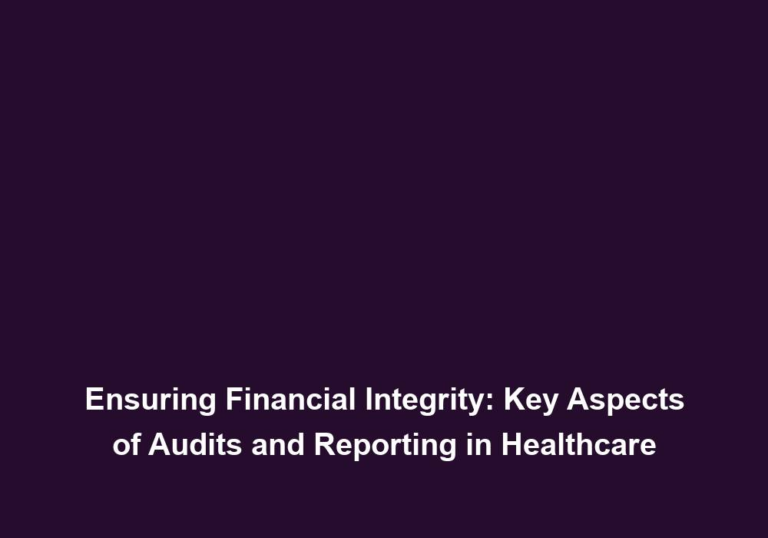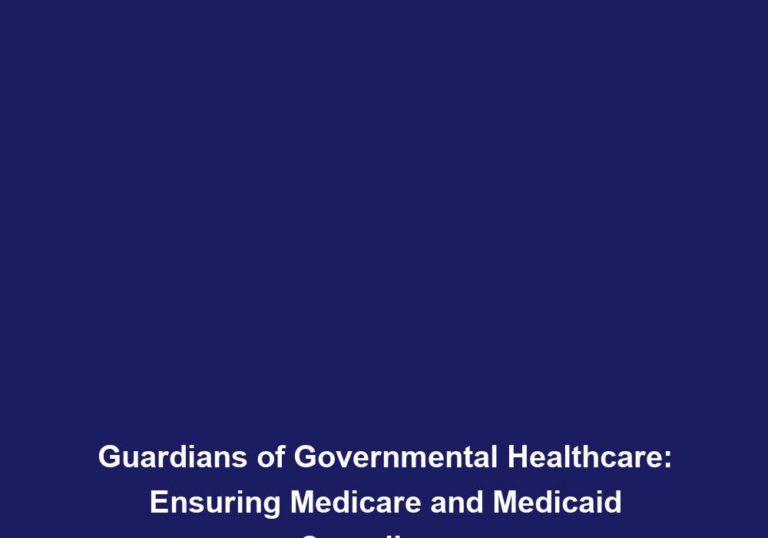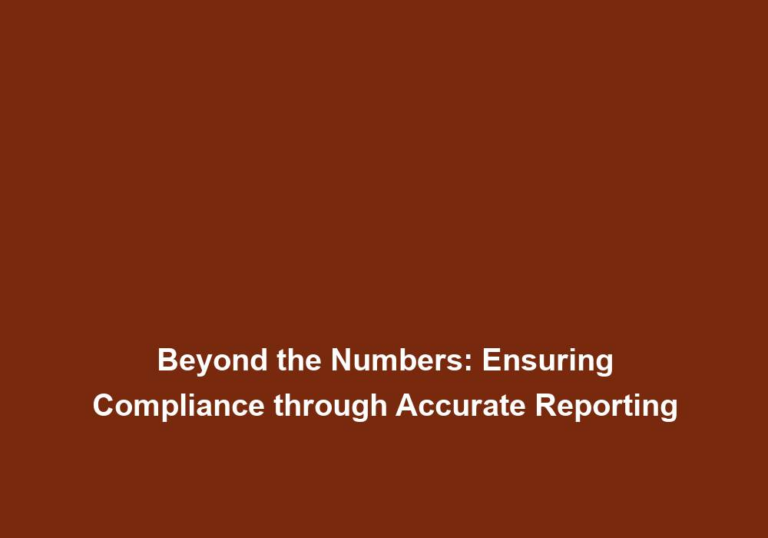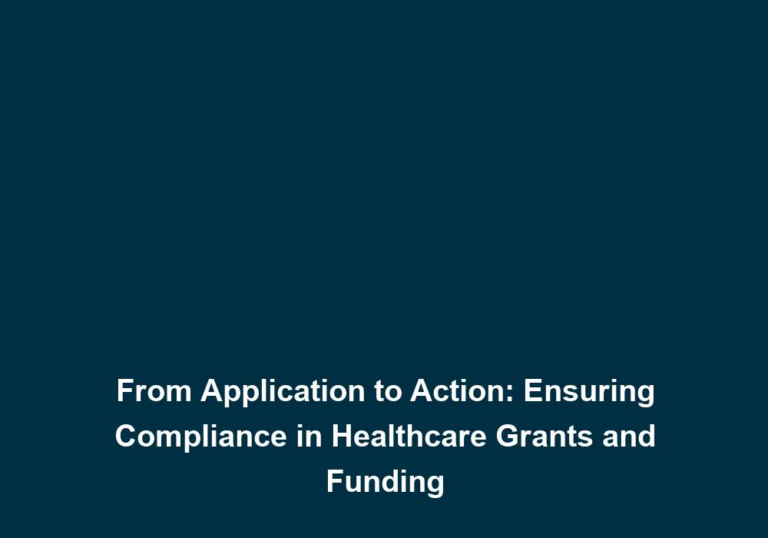From Services to Payments: Mastering the Art of Billing and Reimbursement
In today’s rapidly evolving healthcare landscape, mastering the art of billing and reimbursement is crucial for healthcare providers, insurance companies, and patients alike. Effective billing and reimbursement processes ensure that healthcare services are properly compensated, reducing financial strain and improving the overall healthcare experience. This article will explore the key aspects of billing and reimbursement, providing valuable insights into how these processes can be optimized for maximum efficiency and effectiveness.
Understanding the Billing Process
The billing process begins with the provision of healthcare services to patients. Whether it’s a routine check-up or a complex surgical procedure, healthcare providers must accurately document the services rendered, including the procedures performed, medications administered, and any additional resources utilized. This detailed documentation forms the foundation for the subsequent billing process.
Accurate and thorough documentation is essential for successful billing. Healthcare providers must ensure that all services provided are properly recorded, including diagnosis codes, procedure codes, and associated documentation. These codes and documents play a vital role in the billing process, as they determine the appropriate reimbursement levels from insurance companies or government programs.
To improve the accuracy of documentation, healthcare providers can consider implementing the following practices:
- Use standardized coding systems, such as the International Classification of Diseases (ICD) and the Current Procedural Terminology (CPT), to ensure consistency and clarity in medical records.
- Train staff members on proper documentation techniques, including the importance of capturing all relevant information and ensuring its accuracy.
- Implement electronic health record (EHR) systems that allow for streamlined documentation and coding, reducing the risk of errors and improving efficiency.
Coding and billing compliance is of utmost importance in the healthcare industry. It is crucial that healthcare providers adhere to the coding and billing guidelines established by regulatory authorities, such as the American Medical Association (AMA) and the Centers for Medicare and Medicaid Services (CMS). Non-compliance can lead to severe consequences, including financial penalties and legal ramifications.
To ensure coding and billing compliance, healthcare providers can take the following steps:
- Stay updated on the latest coding and billing guidelines issued by relevant regulatory authorities.
- Conduct regular audits of coding and billing practices to identify any potential compliance issues or areas for improvement.
- Provide ongoing training to staff members on coding and billing compliance, emphasizing the importance of accuracy and adherence to guidelines.
Optimizing the Reimbursement Process
Once the billing process is complete, the focus shifts to the reimbursement process. Reimbursement refers to the monetary compensation received by healthcare providers for the services they have rendered. Effective reimbursement processes enhance cash flow, reduce administrative burdens, and ensure timely payment.
Submitting accurate and timely insurance claims is crucial for efficient reimbursement. Healthcare providers must communicate effectively with insurance companies, understanding the specific requirements and guidelines for claim submission. This includes accurately completing claim forms, attaching all necessary supporting documentation, and following up on claim status to ensure prompt payment.
To optimize insurance claims and payer communication, healthcare providers can consider the following strategies:
- Develop a clear and standardized process for claim submission, ensuring that all required information is included and accurately recorded.
- Establish effective lines of communication with insurance companies, including designated contacts for claim inquiries and timely follow-up on outstanding claims.
- Utilize technology-enabled solutions, such as electronic claim submission and real-time claim tracking, to streamline the communication process and reduce administrative burdens.
Revenue cycle management (RCM) plays a vital role in optimizing the reimbursement process. RCM encompasses the entire financial lifecycle of a patient’s visit, from initial scheduling to final payment. It involves various activities, including patient registration, insurance verification, coding, billing, and collections. Implementing robust RCM systems and processes can streamline the reimbursement process, reducing denials and improving overall financial performance.
To enhance revenue cycle management, healthcare providers can consider implementing the following strategies:
- Automate patient registration and insurance verification processes to reduce errors and improve efficiency.
- Implement advanced coding and billing software that integrates seamlessly with other systems, such as EHRs and practice management software.
- Regularly analyze and assess revenue cycle performance, identifying areas for improvement and implementing targeted interventions to optimize collections and reduce denials.
Managing claim denials is a critical component of effective reimbursement. Denials can occur due to various reasons, such as coding errors, lack of medical necessity, or missing documentation. Timely identification and resolution of denials are essential to prevent revenue leakage and maximize reimbursement. Healthcare providers should have dedicated denial management processes in place, including regular monitoring, root cause analysis, and proactive measures to prevent future denials.
To effectively manage claim denials, healthcare providers can consider the following approaches:
- Establish a dedicated denial management team responsible for monitoring and resolving denials promptly.
- Conduct regular audits of denied claims to identify common trends or issues that can be addressed proactively.
- Implement robust documentation and coding practices to minimize denials related to errors or lack of medical necessity.
The Role of Technology in Billing and Reimbursement
Technology plays a significant role in streamlining billing and reimbursement processes. Electronic Health Record (EHR) systems, practice management software, and revenue cycle management tools have revolutionized the healthcare industry, improving efficiency and accuracy.
Electronic Health Record (EHR) Systems
EHR systems enable healthcare providers to capture and store patient information electronically, including medical history, diagnoses, and treatments. Integration of billing functionalities within EHR systems simplifies the billing process, as it eliminates the need for duplicate data entry and improves accuracy.
Practice Management Software
Practice management software provides comprehensive tools for managing the administrative and financial functions of healthcare practices. These software solutions streamline the billing and reimbursement process by automating tasks such as claim submission, eligibility verification, and payment posting. Additionally, they generate analytical reports that help identify areas for improvement and optimize revenue streams.
Revenue Cycle Management (RCM) Tools
Specialized revenue cycle management tools offer advanced functionalities to healthcare providers, enabling them to track and manage the entire reimbursement process effectively. These tools automate tasks such as coding, claim submission, denial management, and patient collections. They also provide real-time analytics and reporting, empowering healthcare providers to make data-driven decisions and enhance financial performance.
In conclusion, mastering the art of billing and reimbursement is crucial for all stakeholders in the healthcare industry. Accurate documentation, adherence to coding and billing compliance, effective communication with payers, and implementation of technology-enabled solutions are key to optimizing the processes. By embracing best practices and leveraging technology, healthcare providers can achieve streamlined billing and reimbursement, ensuring appropriate compensation for their services while improving the overall patient experience.







